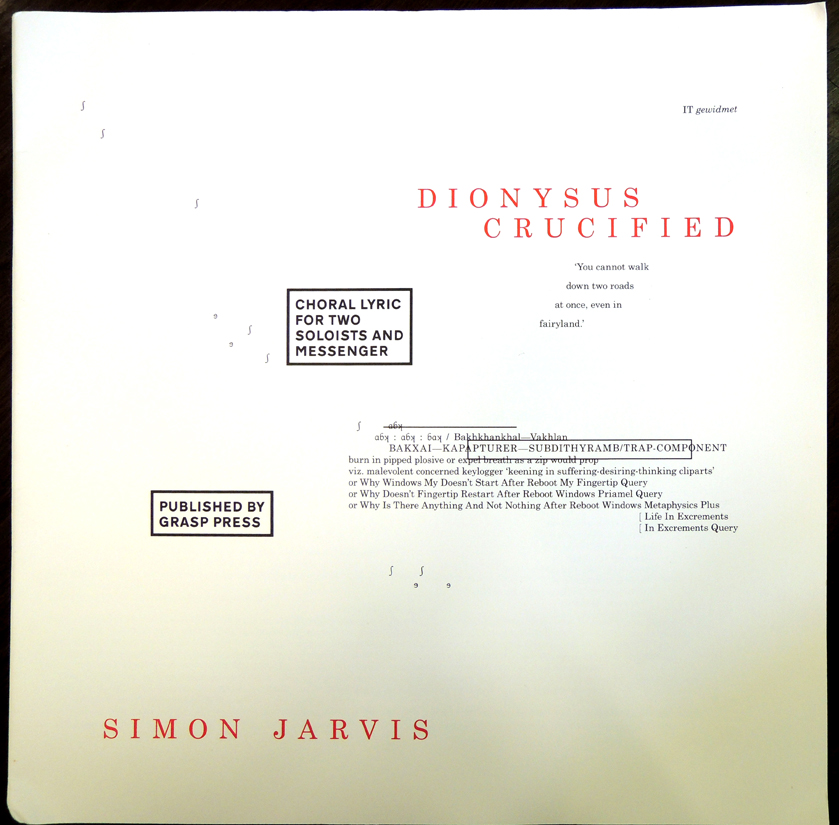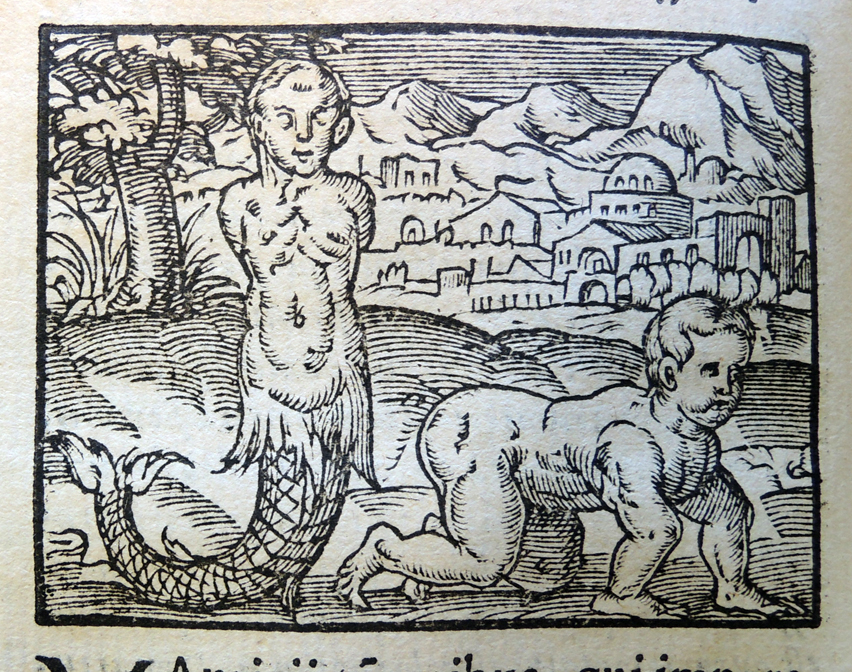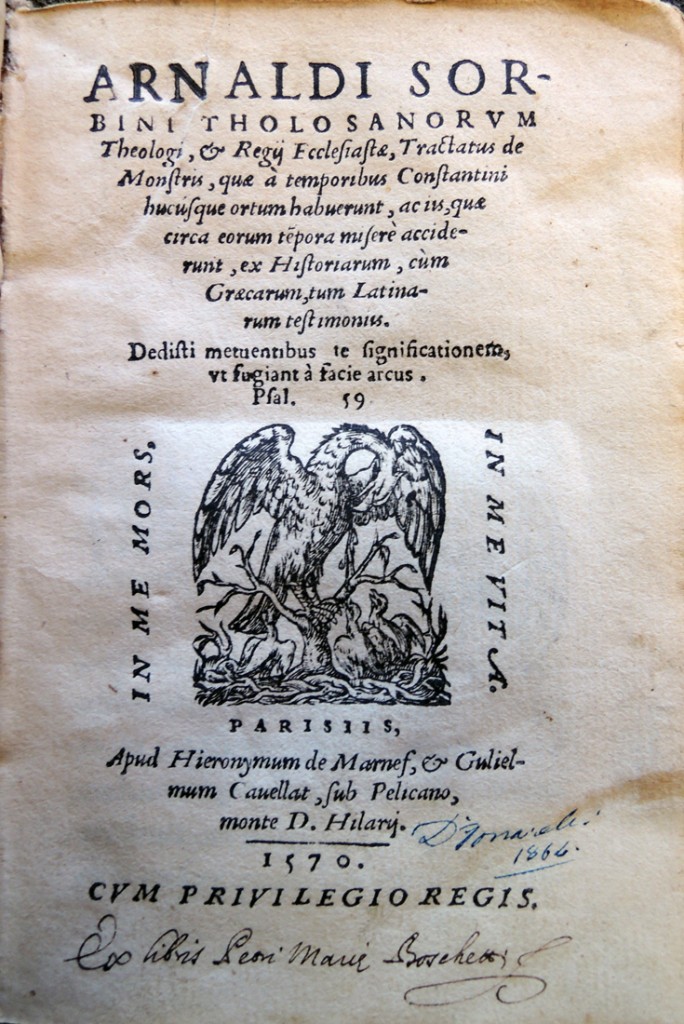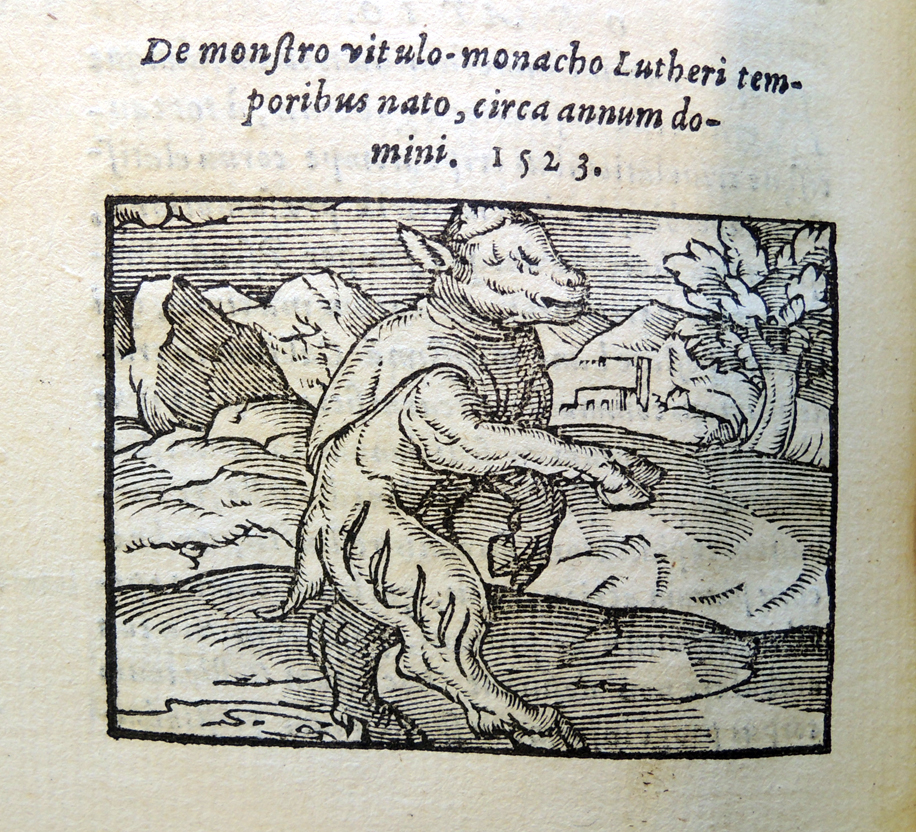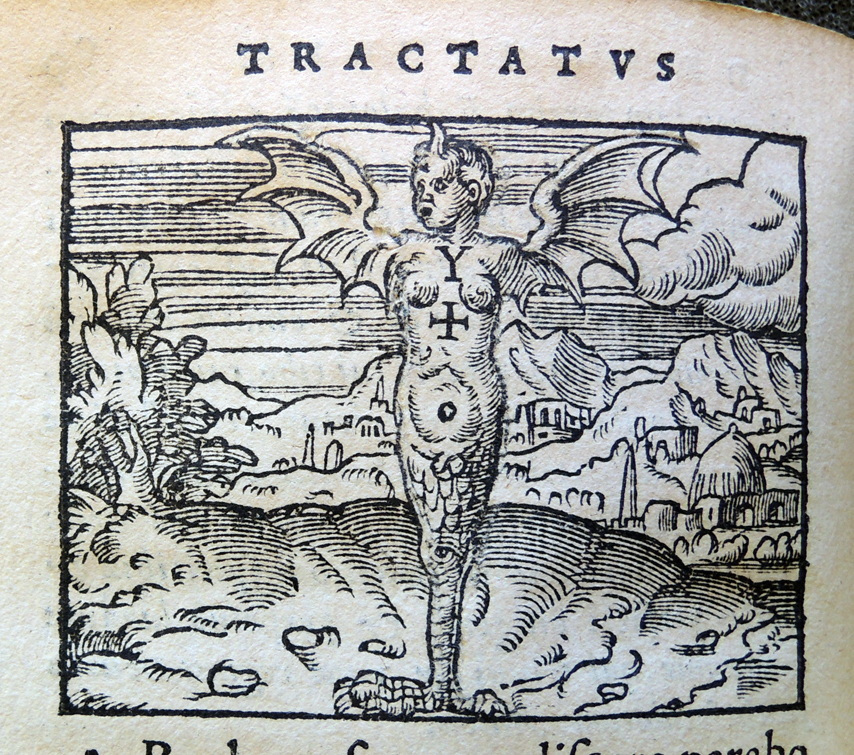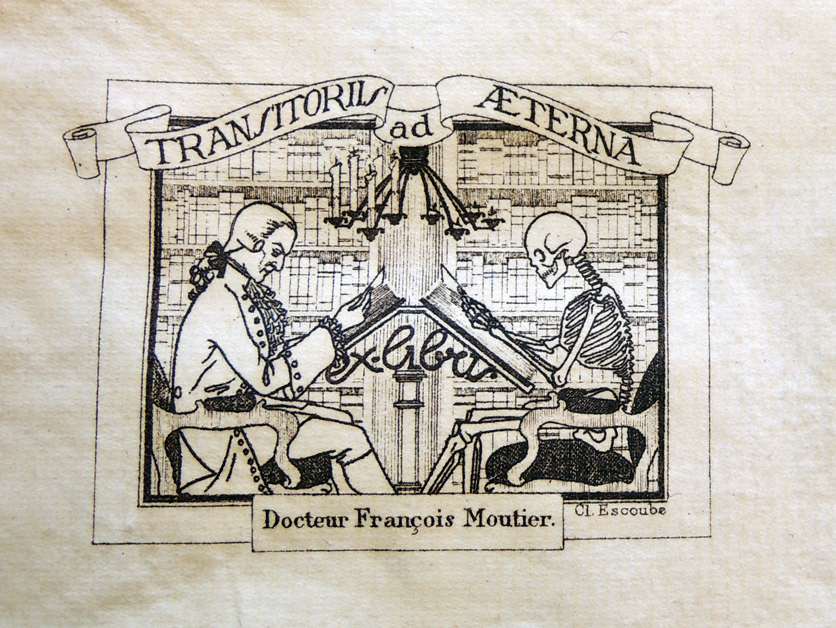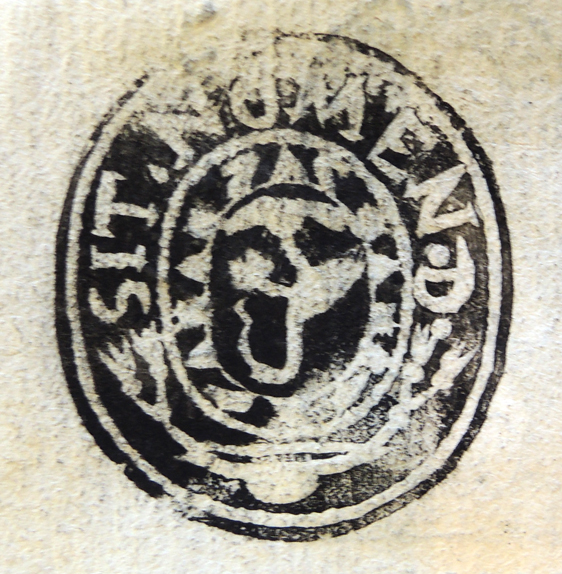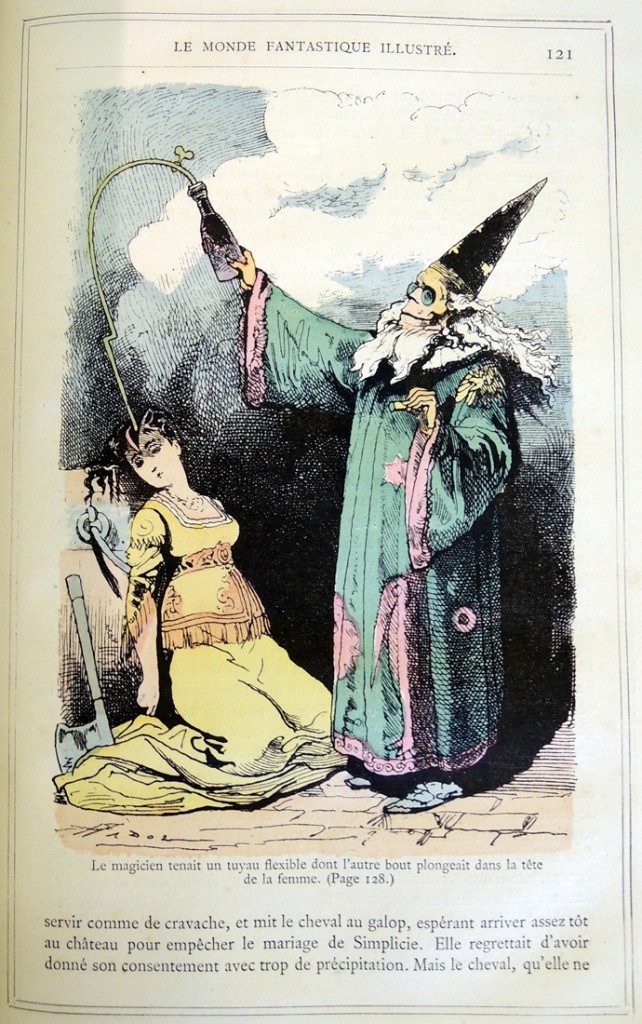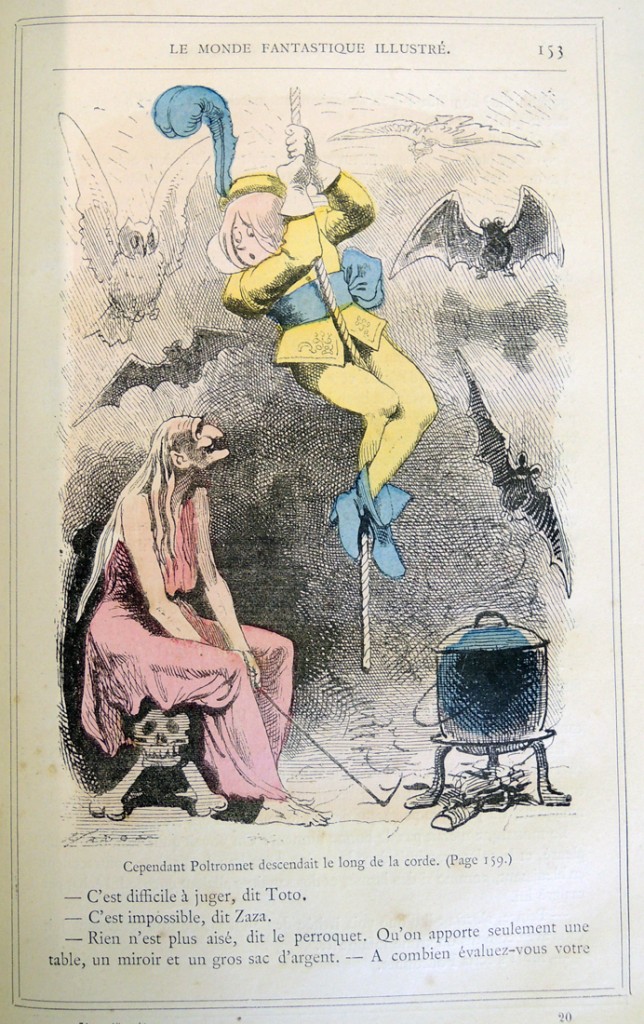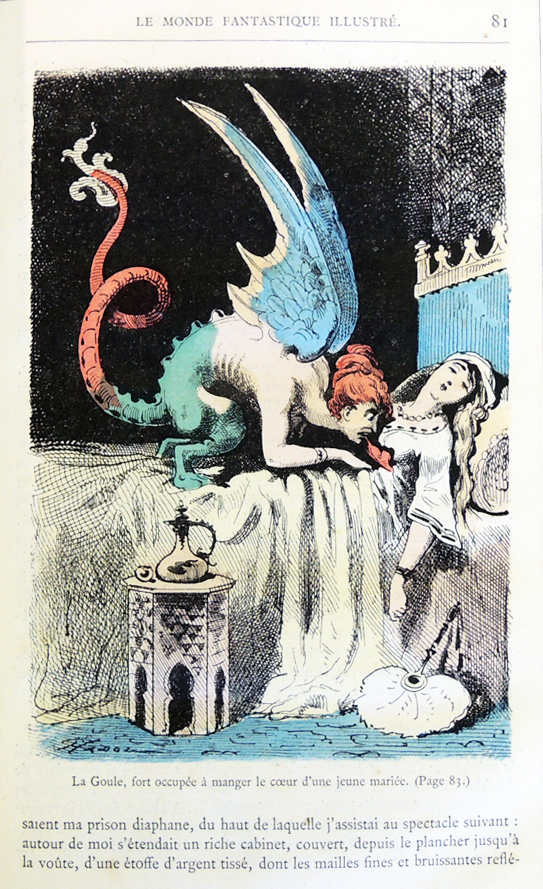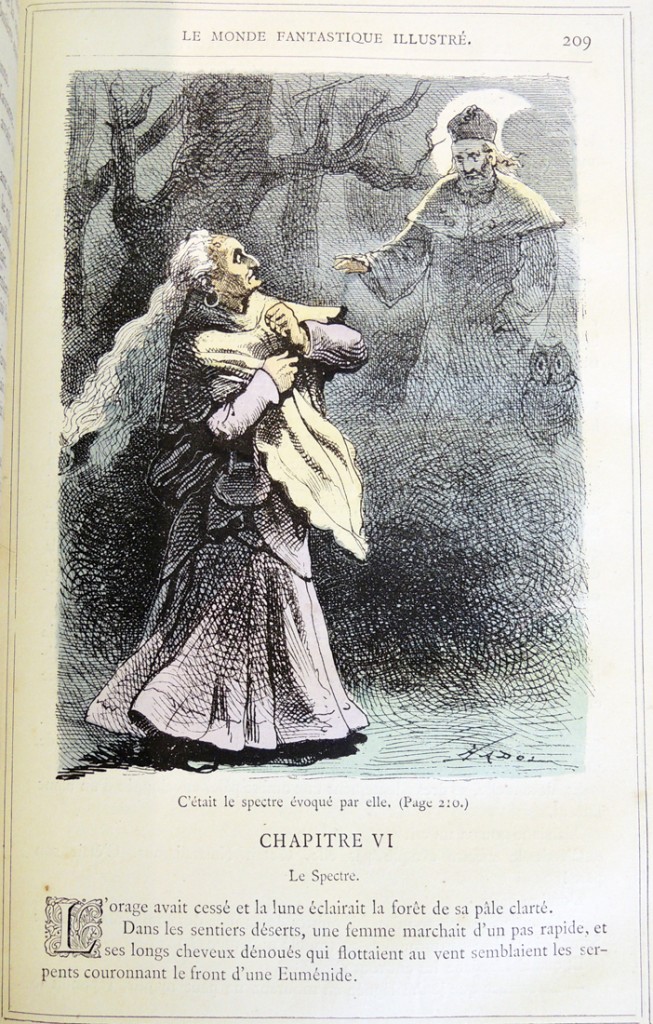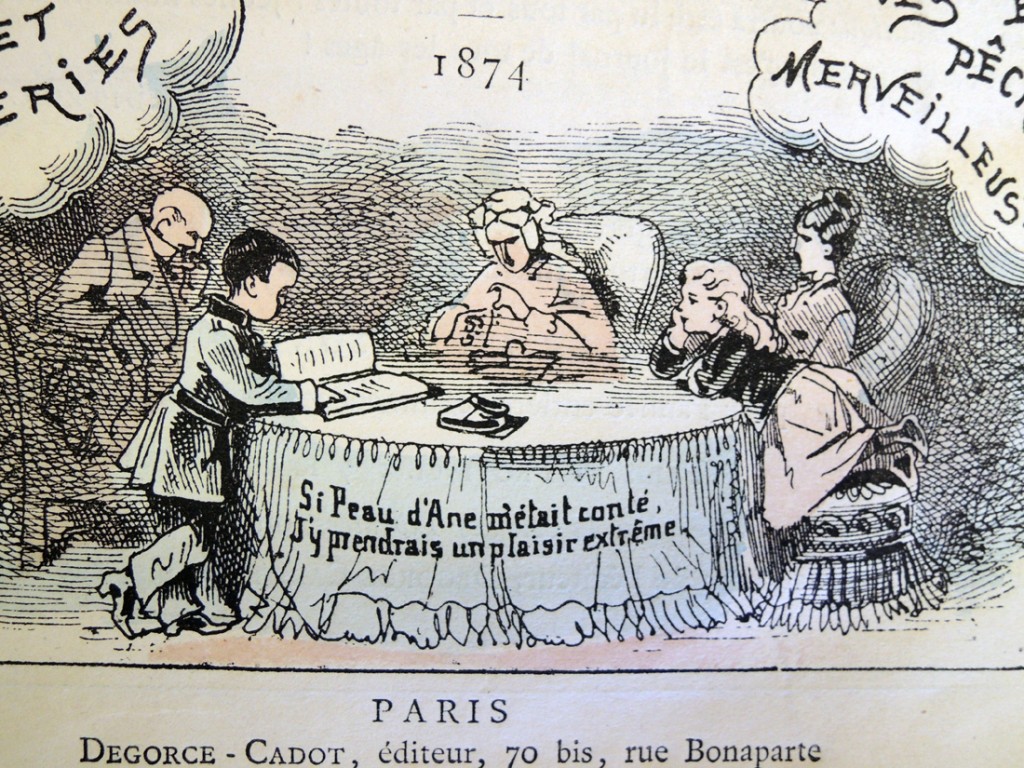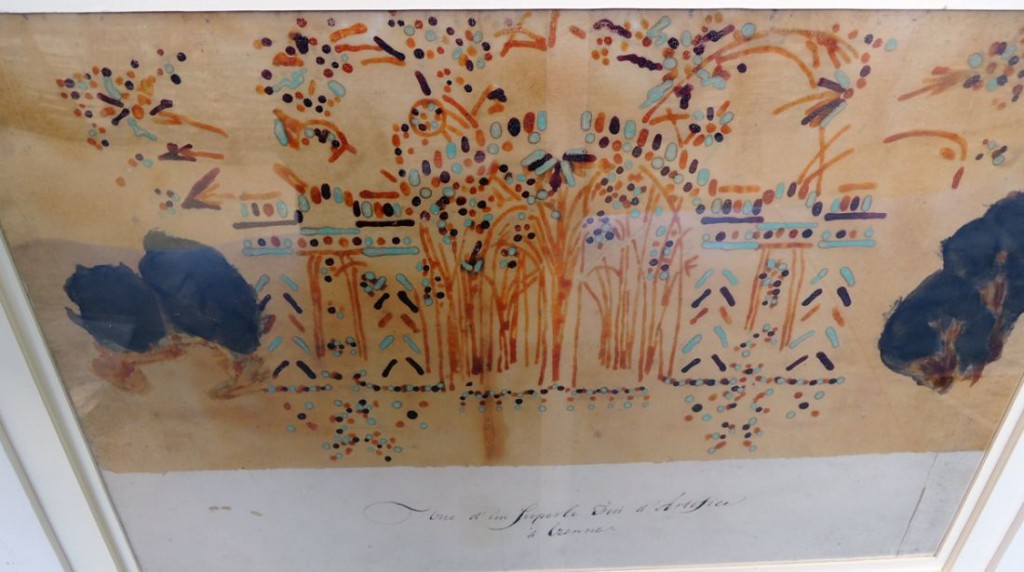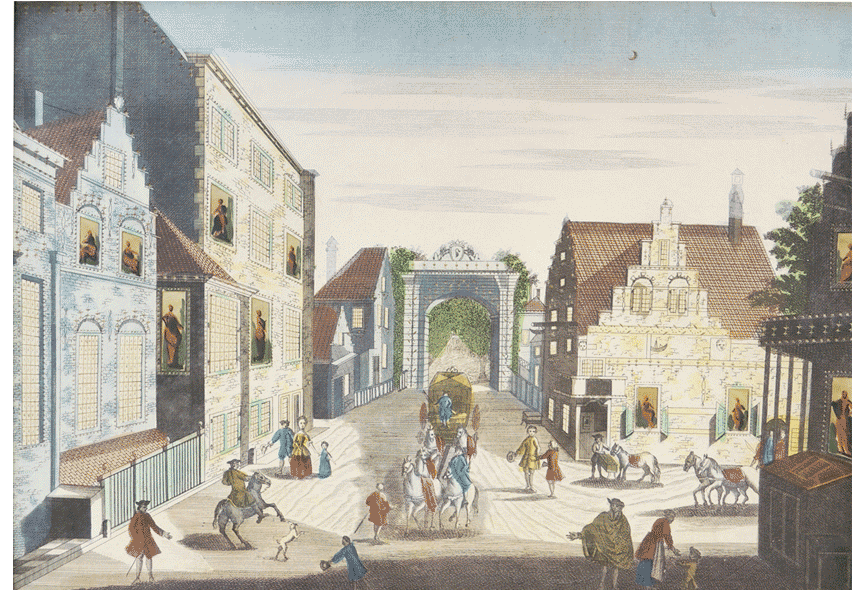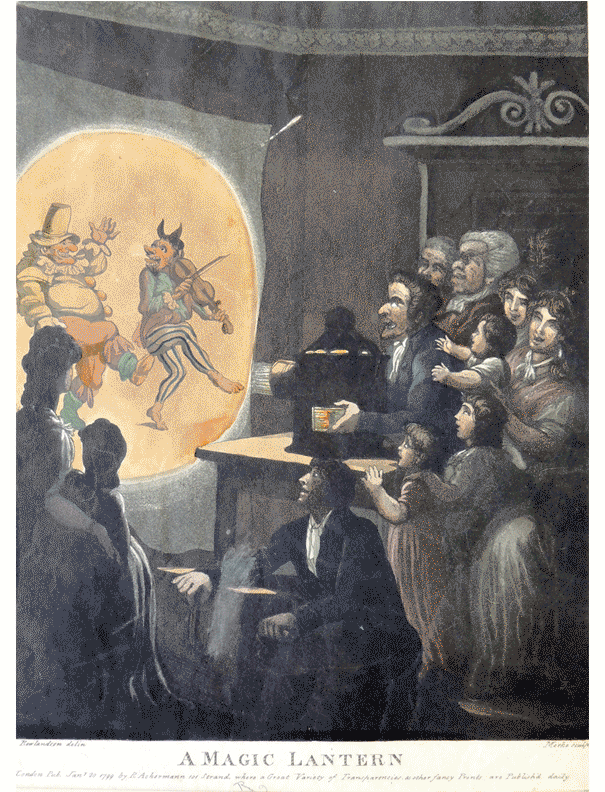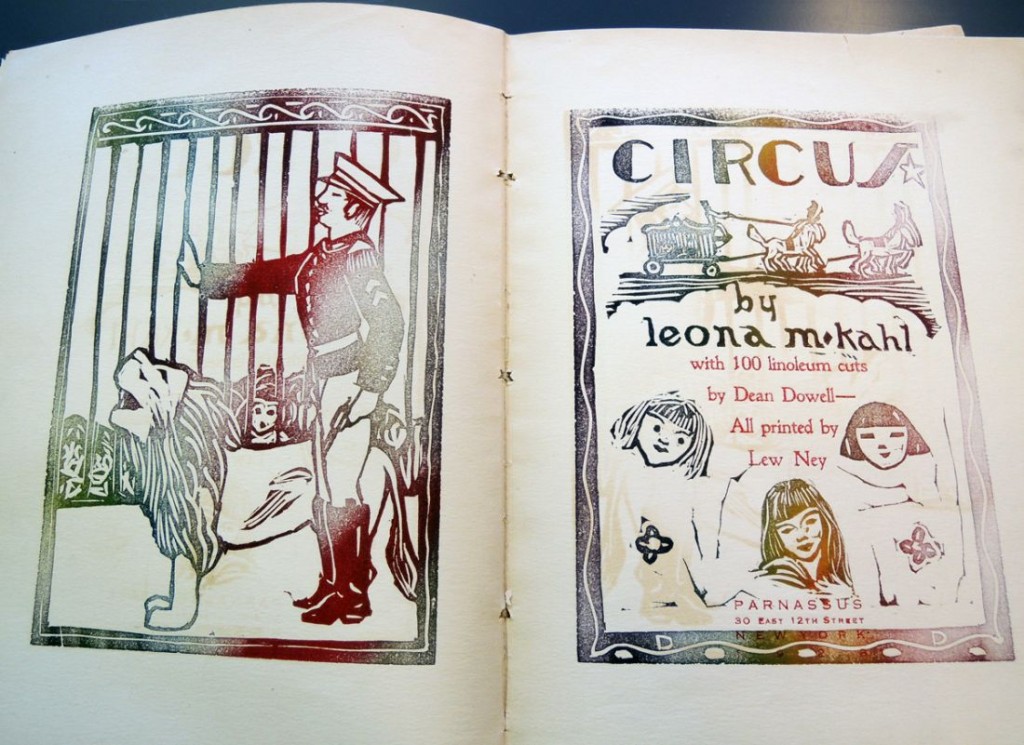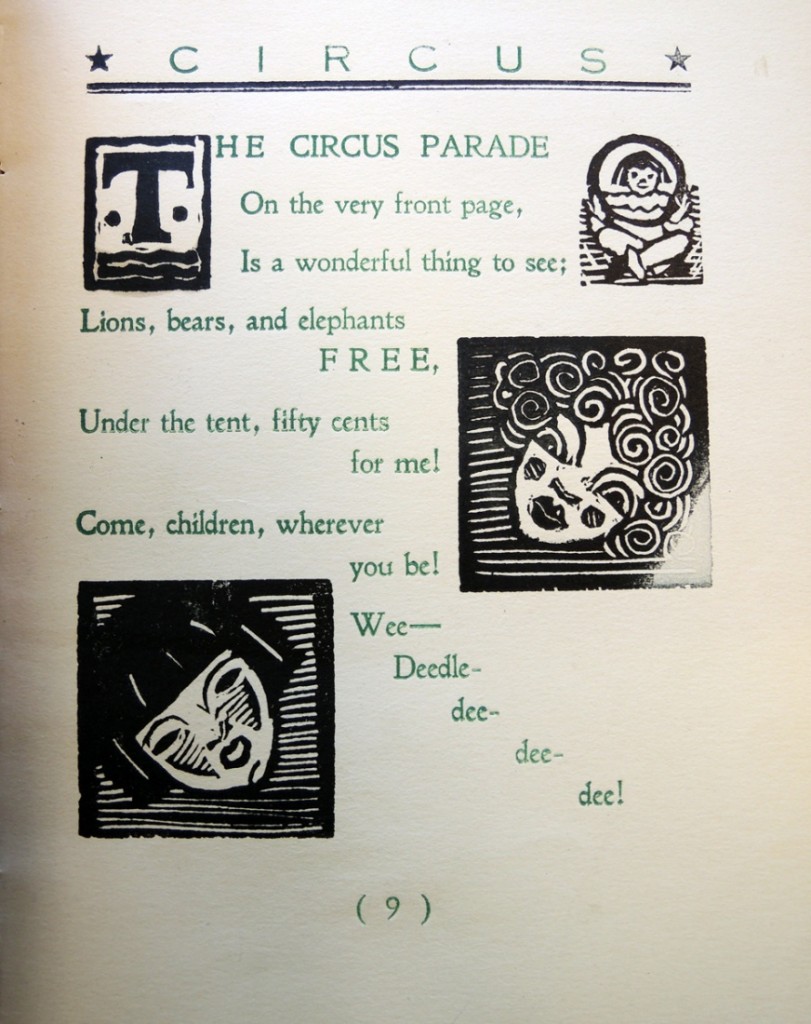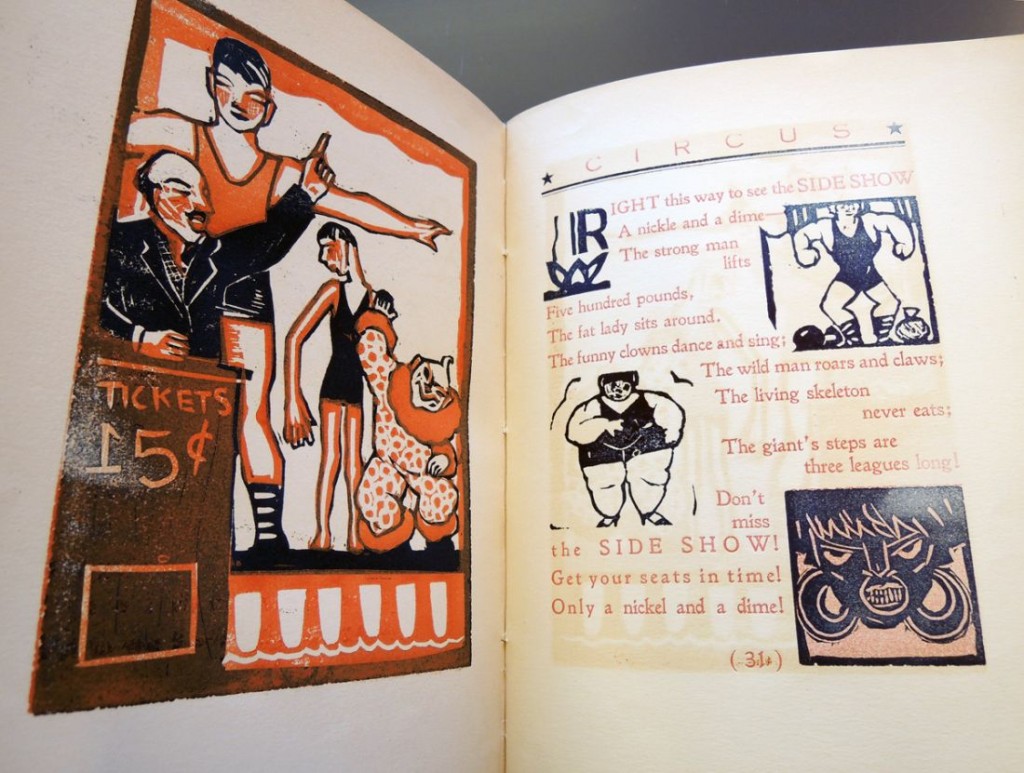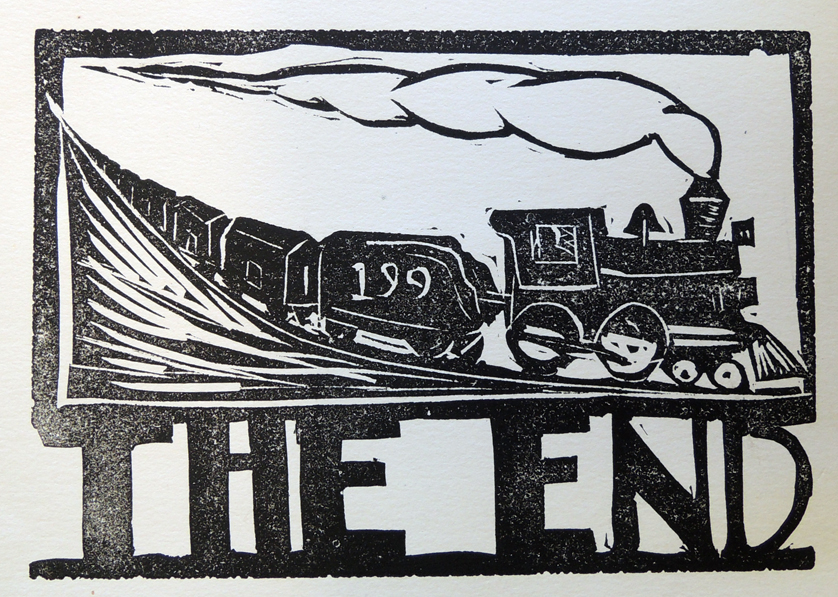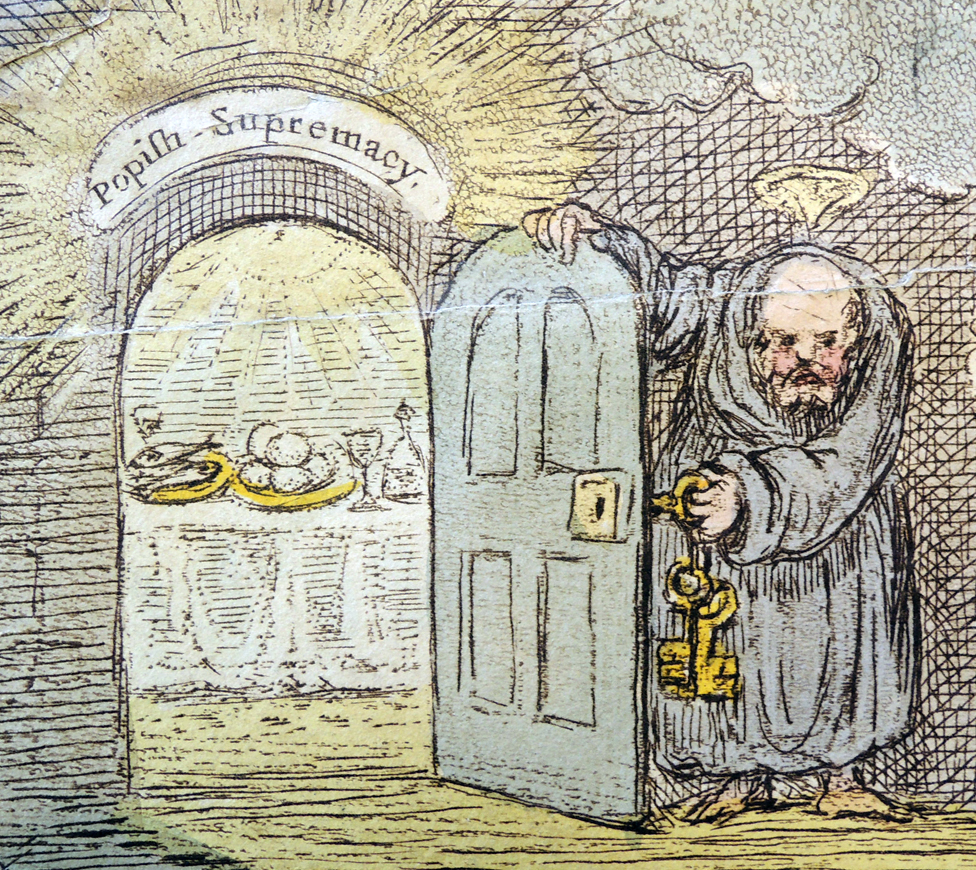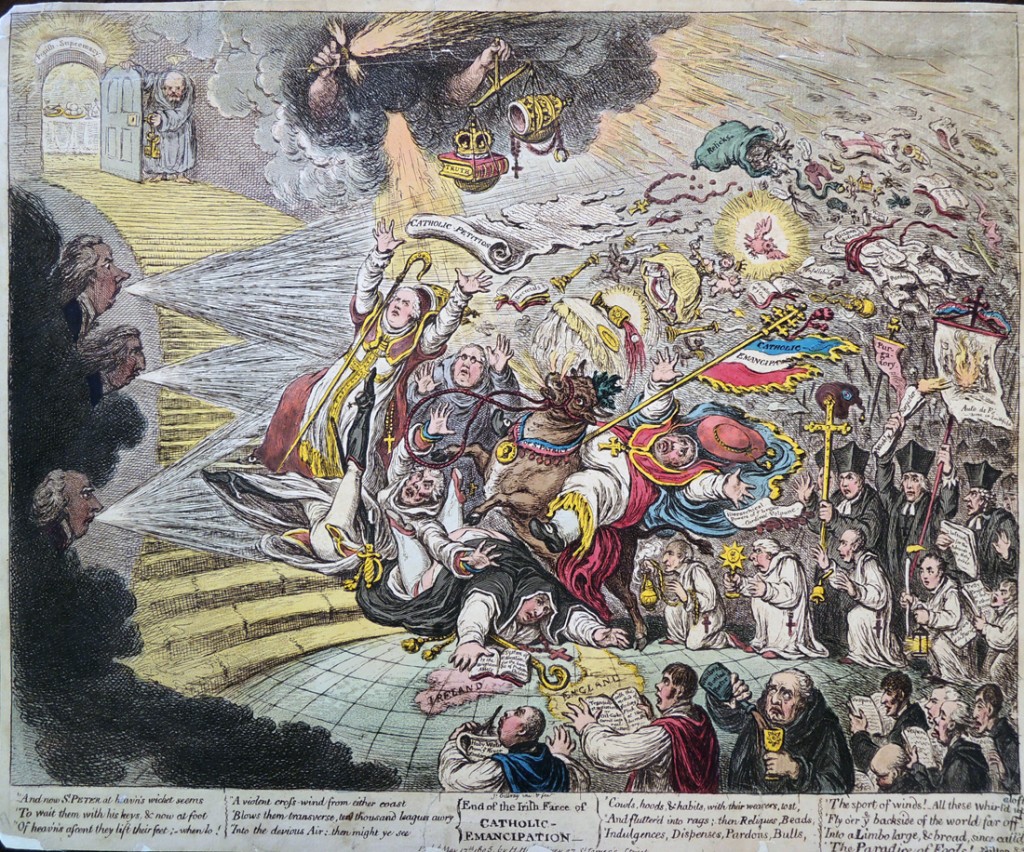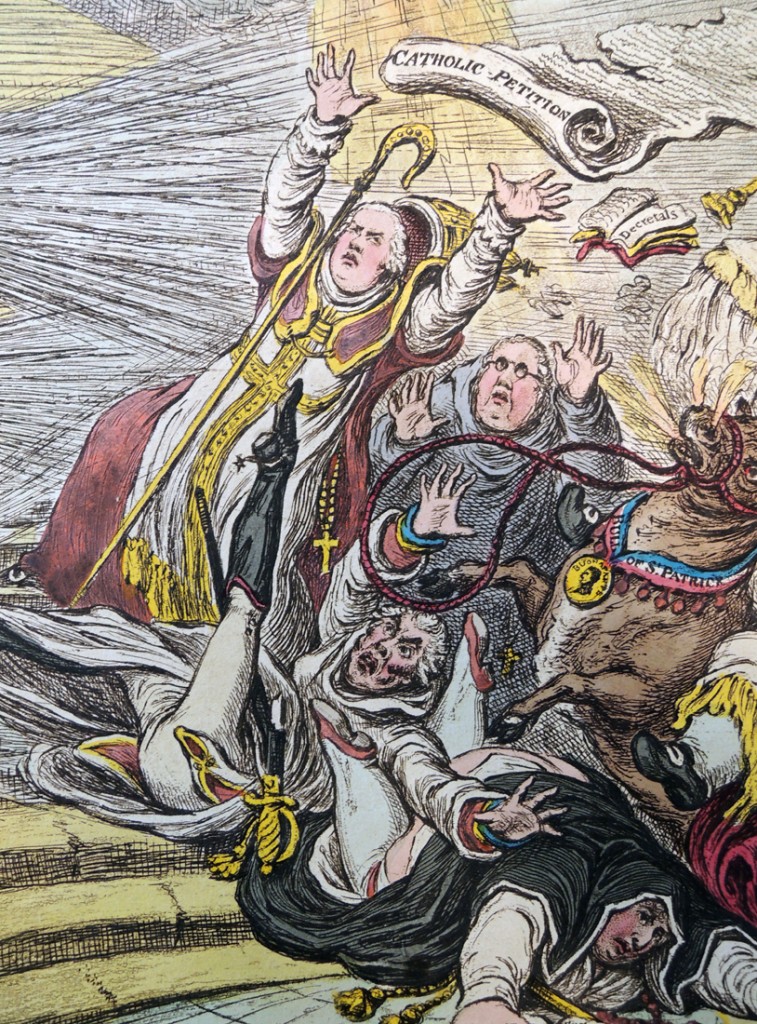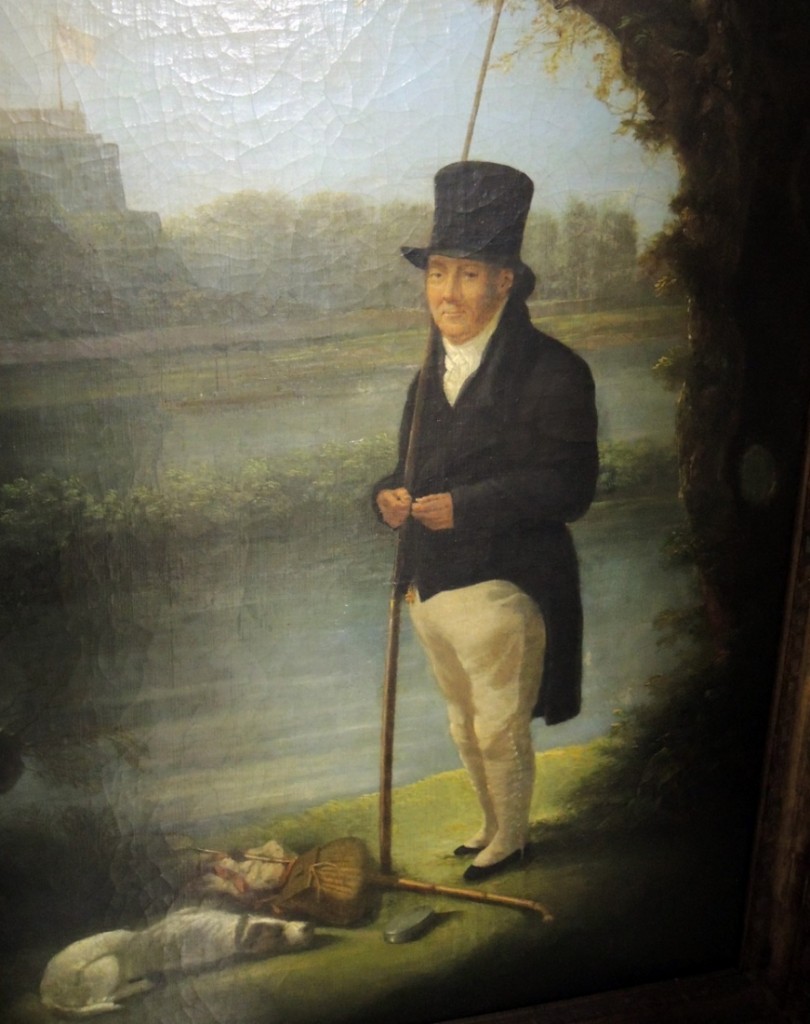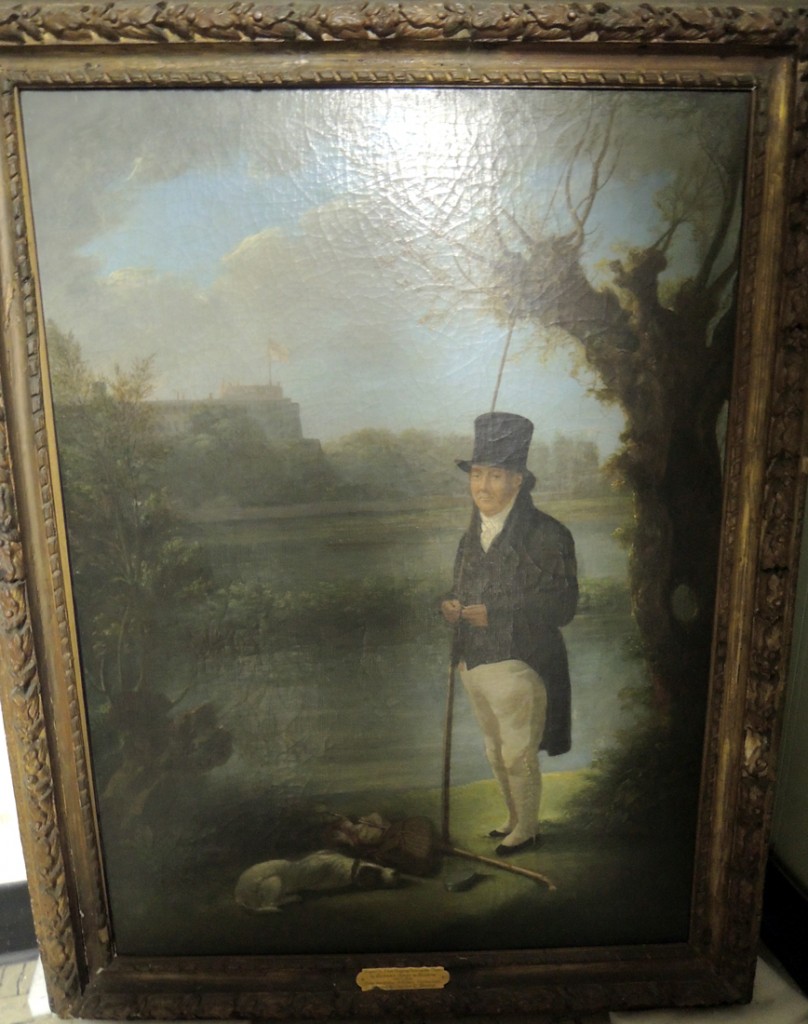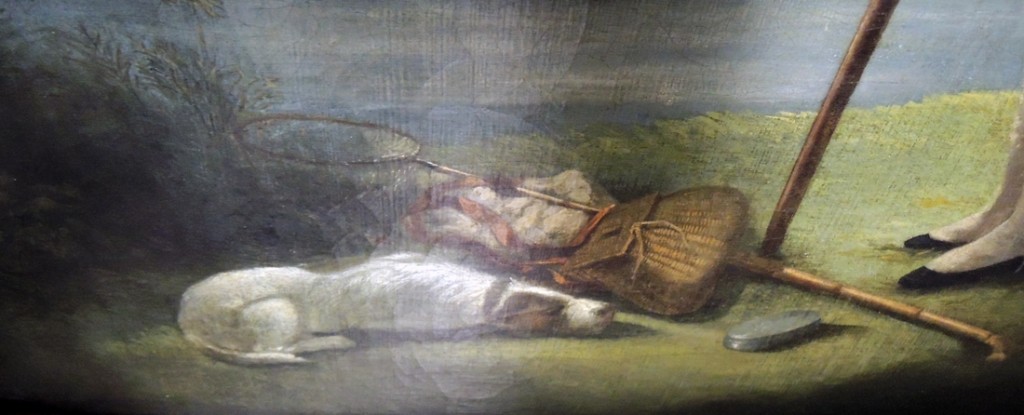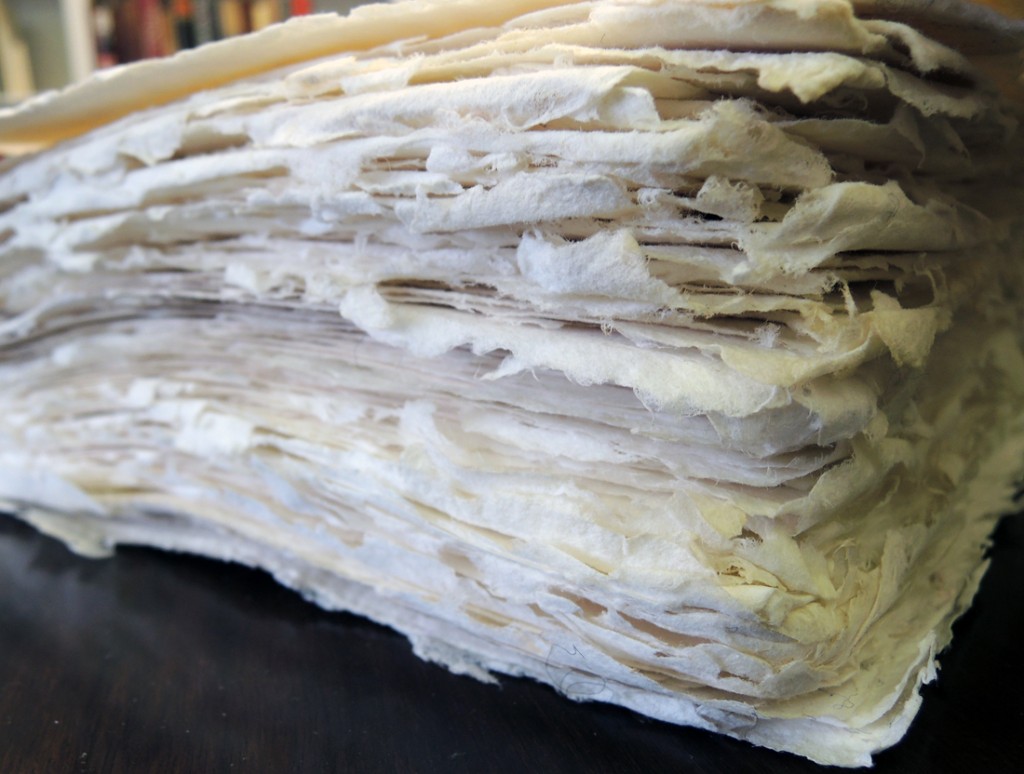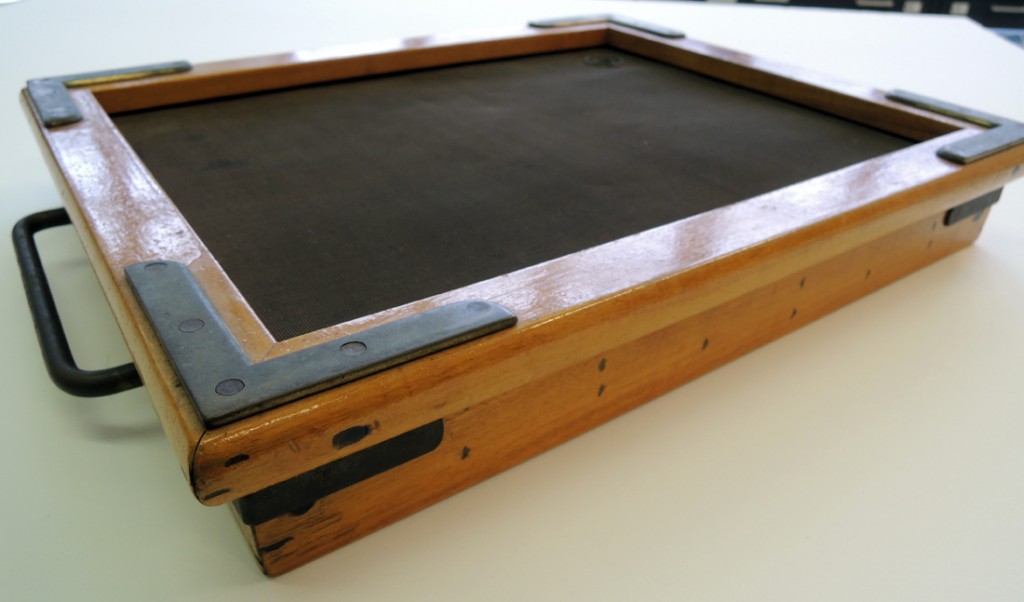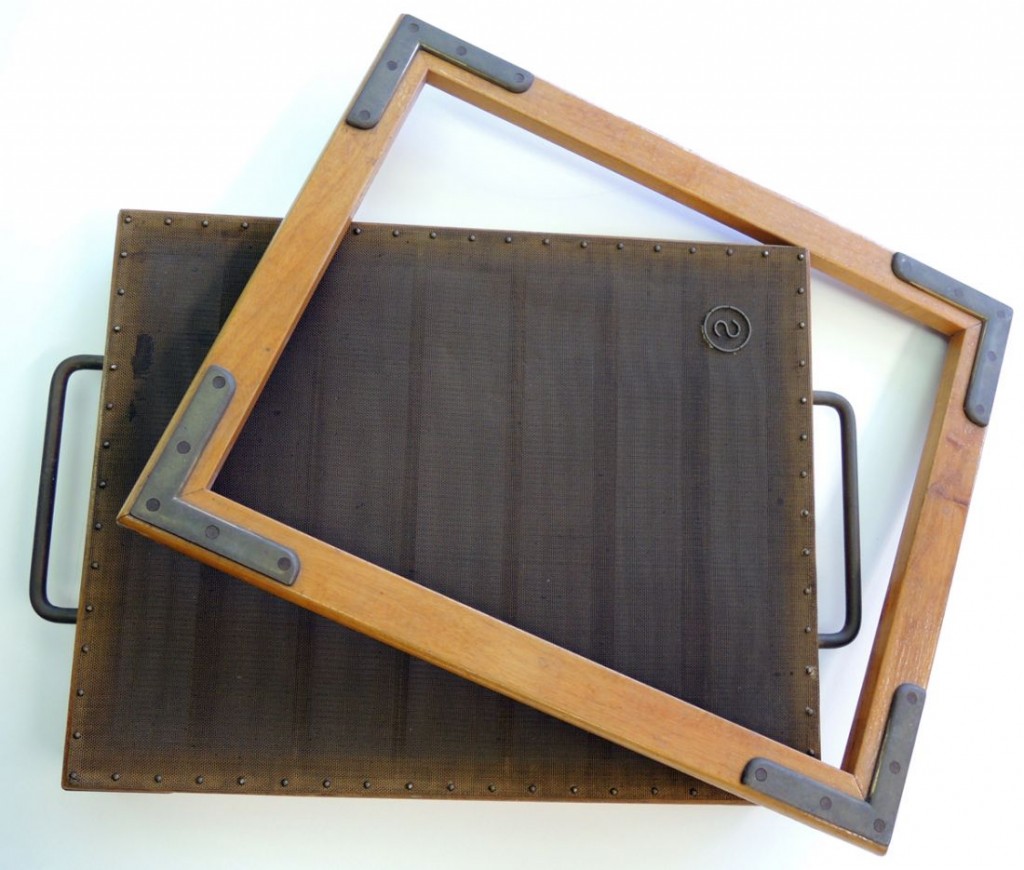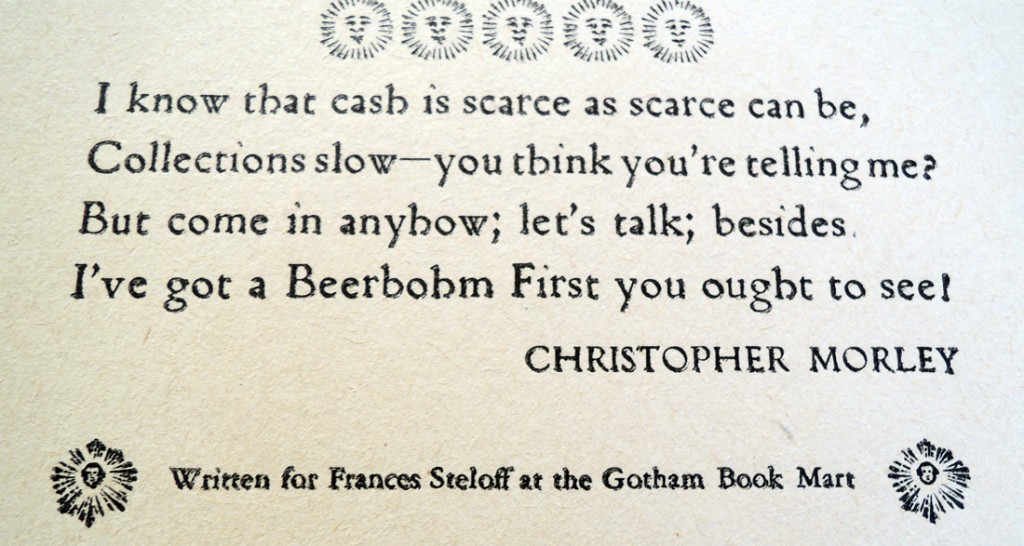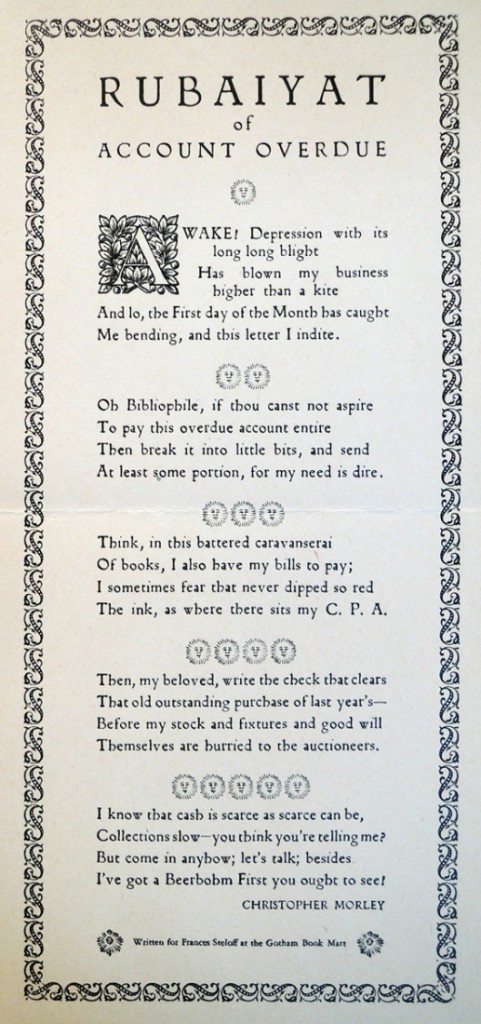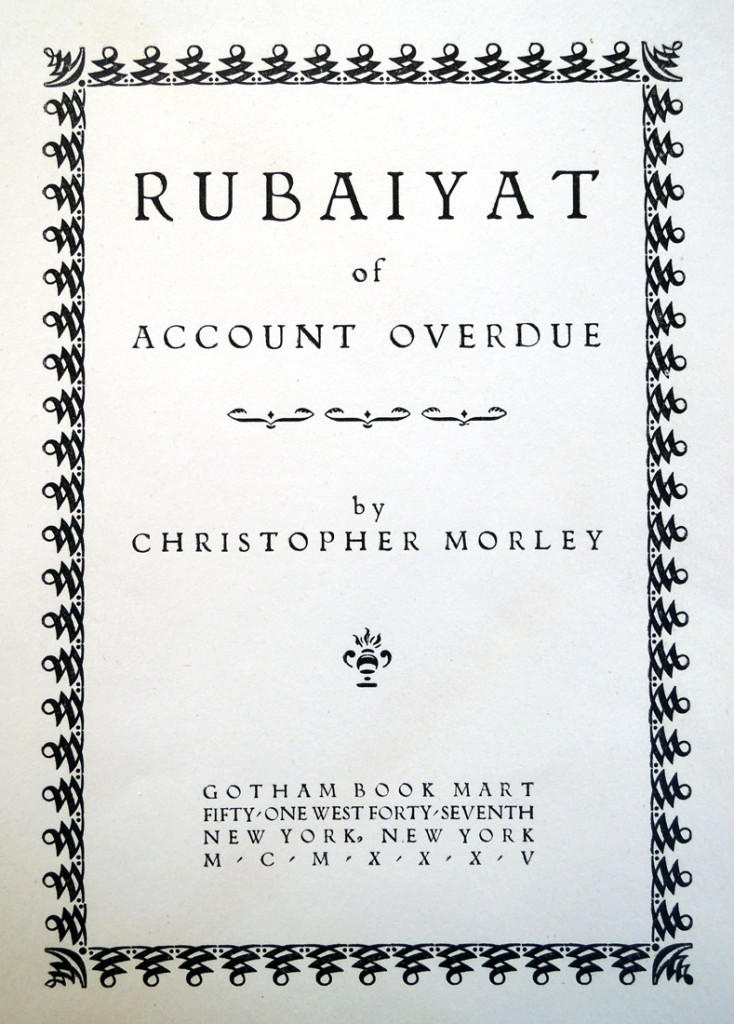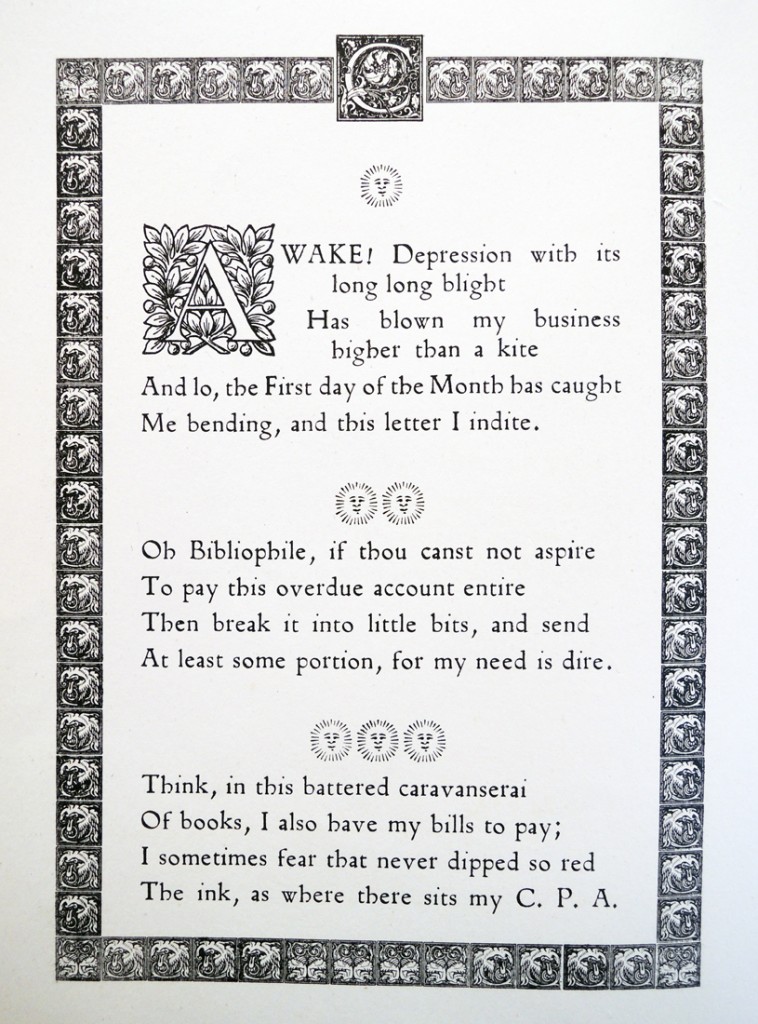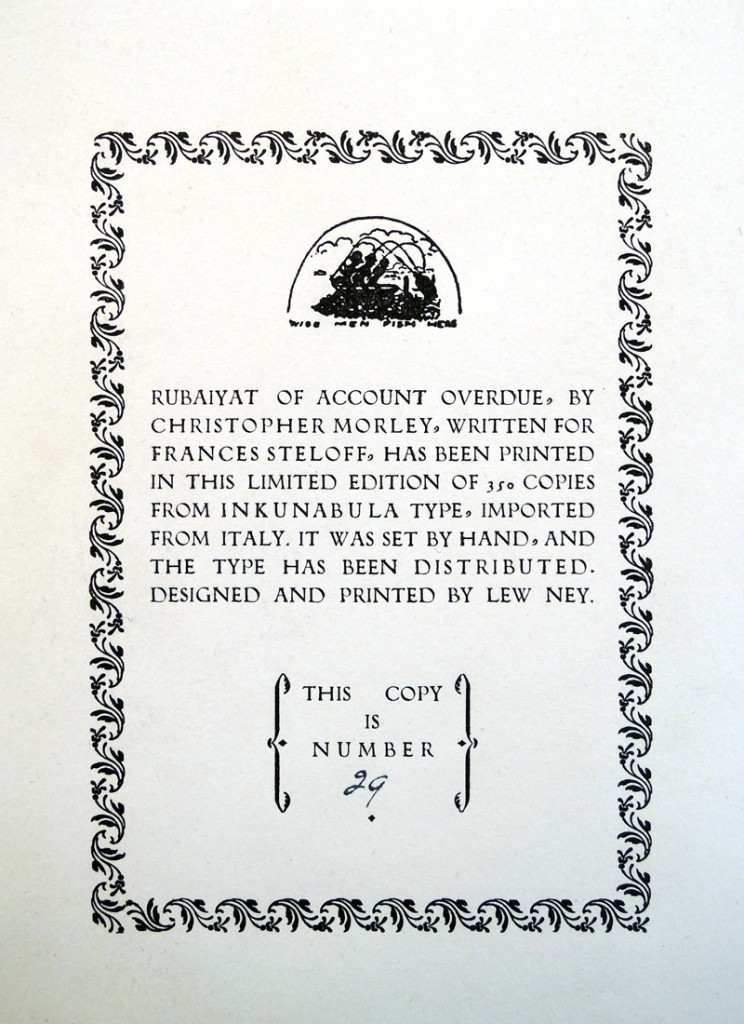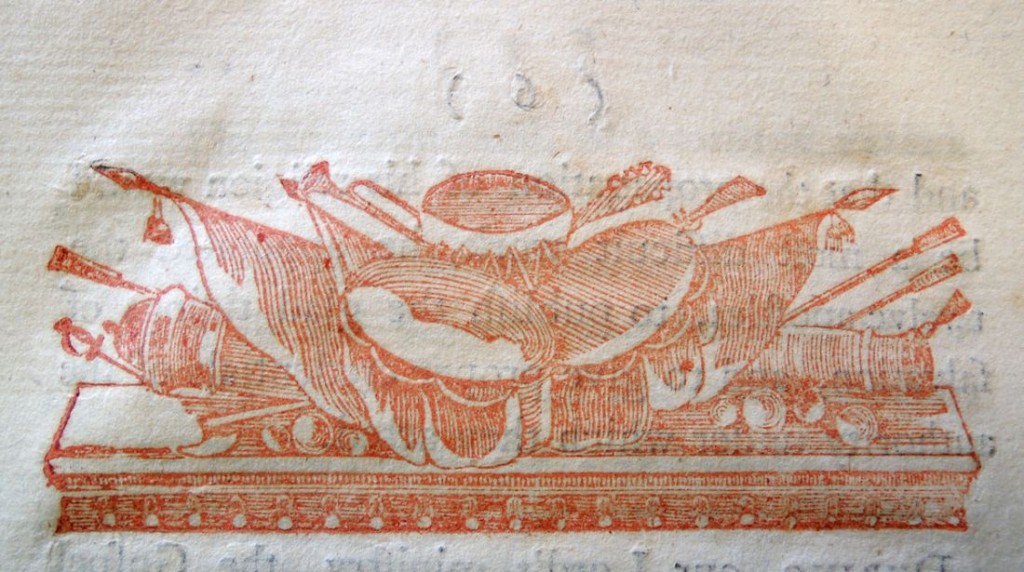 Timothy Hilliard (1747-1790), A Sermon Delivered December 10, 1788: at the Ordination of the Rev. John Andrews, to the Care of the First Church and Society in Newburyport, as a Colleague-Pastor with the Rev. Thomas Cary (Newburyport: Printed by John Mycall, 1789). Head-piece printed in red; first letter of text printed in blue. Graphic Arts Collection (GAX) BX7233.H52 S44
Timothy Hilliard (1747-1790), A Sermon Delivered December 10, 1788: at the Ordination of the Rev. John Andrews, to the Care of the First Church and Society in Newburyport, as a Colleague-Pastor with the Rev. Thomas Cary (Newburyport: Printed by John Mycall, 1789). Head-piece printed in red; first letter of text printed in blue. Graphic Arts Collection (GAX) BX7233.H52 S44
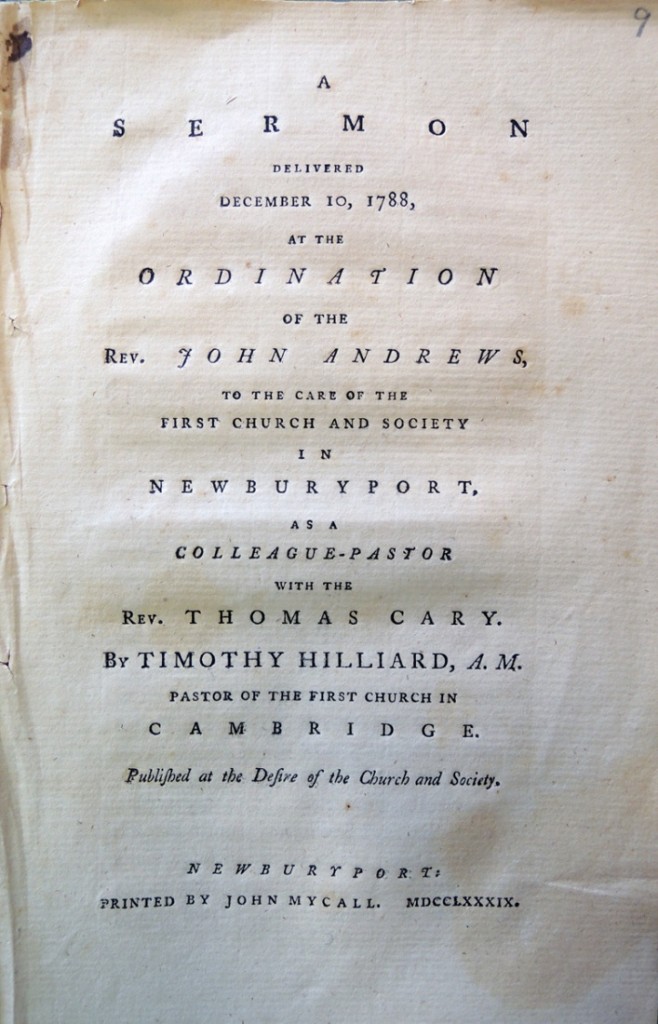
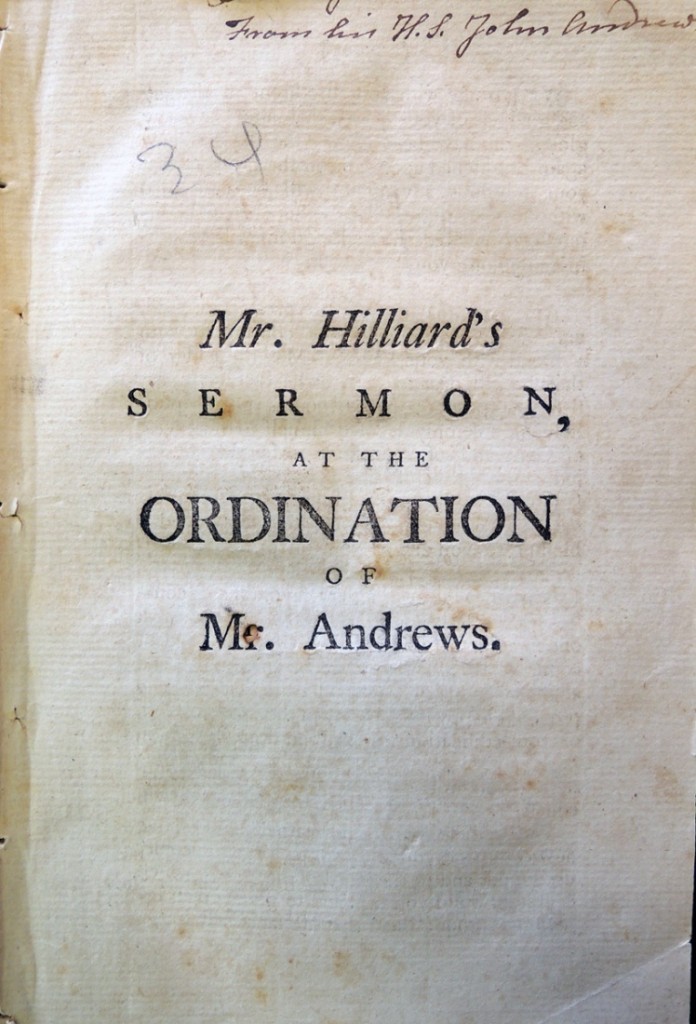
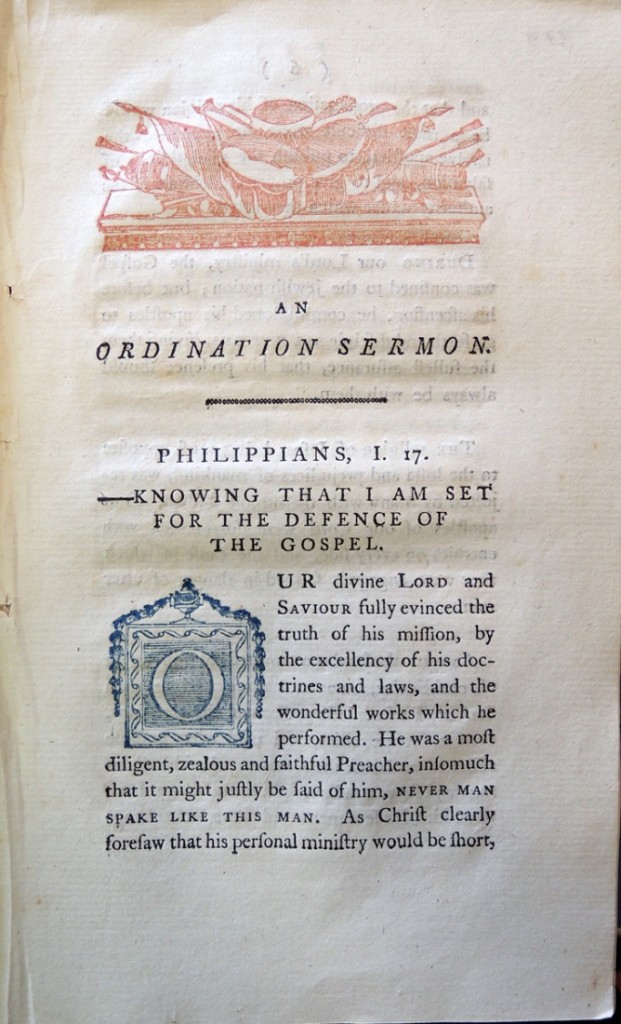
“John Mycall [1750-1833] was not educated as a printer. He was born at Worcester, England; was very ingenious, and kept a school in Newburyport before he purchased the [Essex] Journal. He published the paper about eighteen years. Some years after he began printing, his office and its contents were destroyed by fire. With great energy he soon replaced his material with a very valuable printing outfit. On quitting journalism he bought and lived on a farm in the county of Worcester, whence he removed to Cambridge, where he died about the year 1826.”
–Extracts from American Newspapers, Relating to New Jersey. 1704-1775, Volume 12 (1895)

